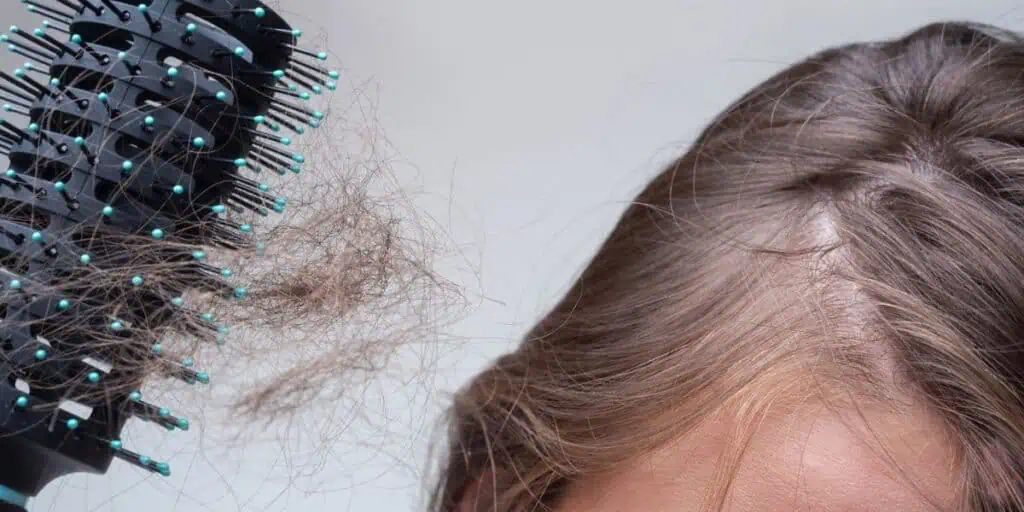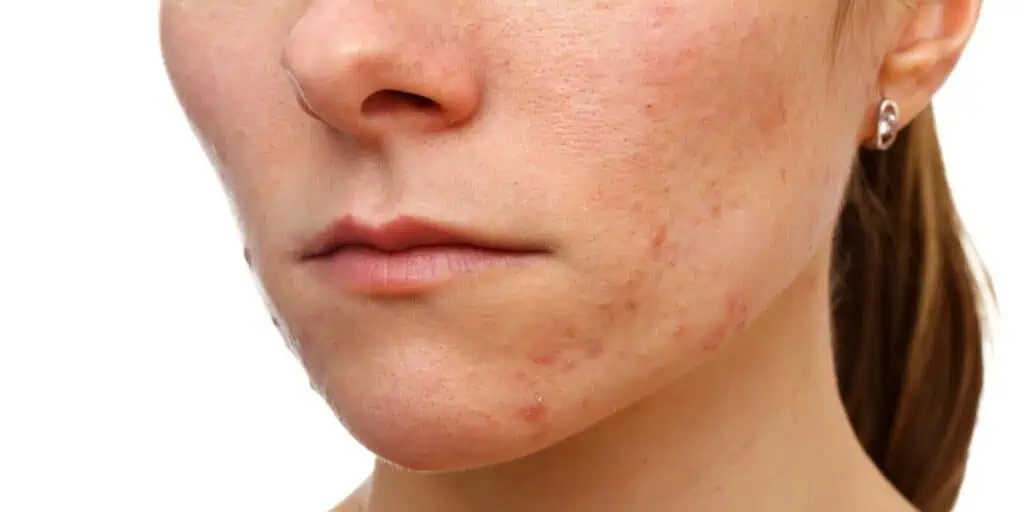What are nabothian cysts?
The cervix is the small organ that connects the vagina and the uterus. The cervix has glands that naturally produce mucus that changes throughout your menstrual cycle.
At times, an excess growth of skin cells can block these endocervical glands. This results in nabothian cysts — the accumulation of mucus and the formation of glandular bumps on the surface of the cervix.
Nabothian cysts usually occur in the transformation zone of the uterine cervix, an important area where the type of cells lining the cervix changes.
Nabothian cysts are benign (non-cancerous) mucus-filled cervical lesions, also known as cervical cysts, cervical polyps, epithelial cysts, or mucinous retention cysts. They are common, generally harmless, and usually don’t require treatment.

How does Dr. Aliabadi diagnose nabothian cysts?
Nabothian cysts can be seen during a regular pelvic exam and Pap test. They are visible as individual cysts or as a cluster on the surface of the cervix.
Beyond a pelvic exam, nabothian cysts may also be noticed during:
- Transvaginal ultrasound imaging
- Radiographic imaging such as MRIs (magnetic resonance imaging)/CT scans
- Colposcopy
Dr. Aliabadi may perform other tests to confirm that the bumps on your cervix are nabothian cysts. These tests may include:
- STI testing
- Complete blood count
- Hormone level tests
- Biopsy of the cyst
What are the risk factors of nabothian cysts?
In most cases, nabothian cysts occur when new tissue regrows on the surface of the cervix after childbirth. Nabothian cysts are a normal finding on the cervix of women with children. They are also seen in menopausal women whose cervical skin has thinned with age. Less often, nabothian cysts are related to chronic cervicitis — long-term cervix infection.
Lone nabothian cysts are distinctive and normally do not carry an imaging differential. When they appear in clusters, the primary differential consideration for nabothian cysts is adenoma malignum, a rare and aggressive mucinous form of cervical cancer that appears as a multicystic mass within the cervix, in contrast to the solid infiltrative appearance of standard non-mucinous cervical cancer.
Nabothian cysts may also appear as a possible complication of a hysterectomy.
What are the symptoms of nabothian cysts?
Most of the time, nabothian cysts are painless and symptomless. But on occasion, they can cause symptoms such as:
- A feeling of fullness or pressure
- Pain during or after sexual intercourse
- Pelvic pain
- Irregular bleeding and vaginal discharge
- Pale yellow to amber mucus secretion
- A change in the smell of vaginal discharge
When a nabothian cyst ruptures, you may notice a short-term change in discharge. However, you should contact our office if the symptoms last more than a couple of days or interfere with your day-to-day life. This could indicate a more serious infection or abnormality.
What are Nabothian cyst treatments?
In most cases, nabothian cysts do not cause any symptoms and, in most cases, require no treatment. In some cases, large nabothian cysts could obscure the cervical canal, making it more difficult for our healthcare provider to take samples for a Pap smear or other test. In these cases, you’ll probably need excision (removal) or drainage of the nabothian cysts.
Our gynecologist may also choose electrical or cold ablation to remove the cyst. Electrocautery ablation involves using electrical currents to heat and ultimately eradicate the cyst. Cryotherapy uses liquid nitrogen to freeze and destroy the cyst.
If there is uncertainty about whether the cyst contains potentially cancerous cells, Dr. Aliabadi may choose to remove the cyst and test for malignancy surgically.
Have questions about your health? Talk to Dr. Aliabadi
Dr. Aliabadi and her compassionate team are experts in women’s health care. When treated by Dr. Aliabadi, you’re guaranteed to feel safe, heard, and well cared for. Certified by the American Board of Obstetrics and Gynecology, Dr. Aliabadi provides high-quality medical care and support to women in every stage of their lives, from routine exams to pregnancy, childbirth, and menopause.
We invite you to establish care with Dr. Aliabadi. Please make an appointment online or call us at (844) 863-6700.
The practice of Dr. Thais Aliabadi and the Outpatient Hysterectomy Center is conveniently located for patients throughout Southern California and the Los Angeles area. We are near Beverly Hills, West Hollywood, Santa Monica, West Los Angeles, Culver City, Hollywood, Venice, Marina del Rey, Malibu, Manhattan Beach, and Downtown Los Angeles.
Sources
Matalliotakis, M., et al. (2021). Coexistence of cervical endometriosis with premalignant and malignant gynecological pathologies: Report on a series of 27 cases.
https://pubmed.ncbi.nlm.nih.gov/34696701/
Oguri H, Maeda N, Izumiya C et-al. MRI of endocervical glandular disorders: three cases of a deep nabothian cyst and three cases of a minimal-deviation adenocarcinoma. Magn Reson Imaging. 2004;22 (9): 1333-7. doi:10.1016/j.mri.2004.08.013
Torky HA. Huge Nabothian cyst causing Hematometra (case report). Eur J Obstet Gynecol Reprod Biol. 2016;207:238-240. doi:10.1016/j.ejogrb.2016.10.042
















